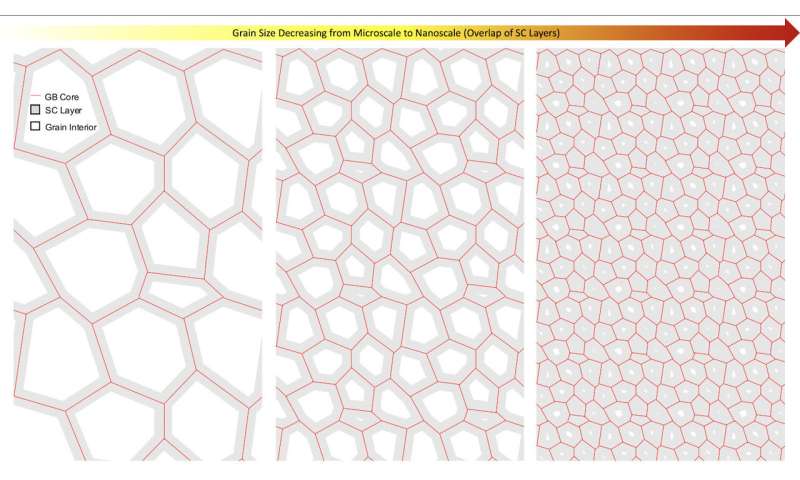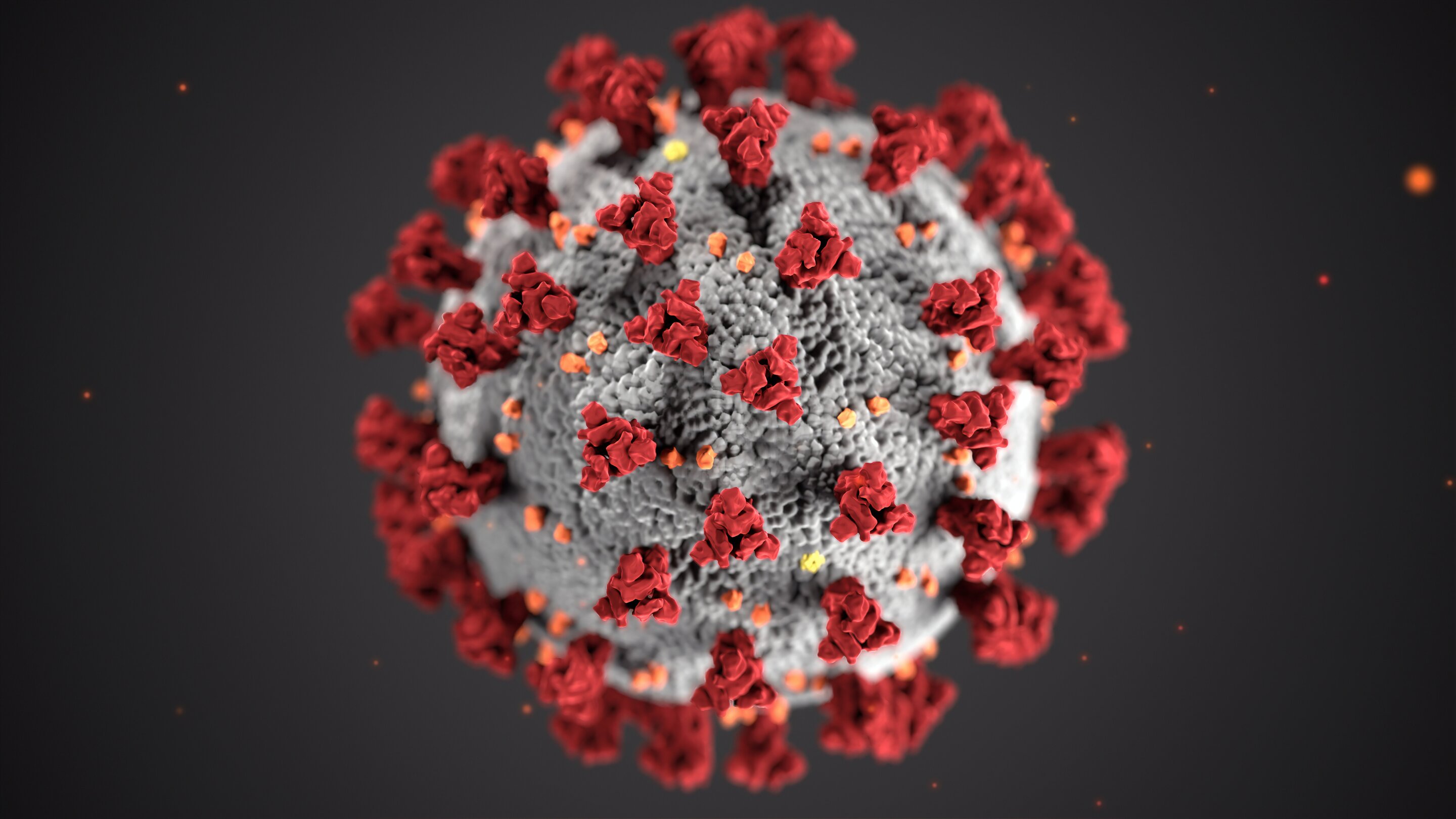#Researchers develop computational model to build better capacitors
“#Researchers develop computational model to build better capacitors”

Researchers at North Carolina State University have developed a computational model that helps users understand how changes in the nanostructure of materials affect their conductivity—with the goal of informing the development of new energy storage devices for a wide range of electronics.
Specifically, the researchers were focused on the materials used to make capacitors—which are energy storage devices used in everything from smartphones to satellites.
“You probably use thousands of capacitors in your day-to-day life, whether you know it or not,” says Doug Irving, corresponding author of a paper on the work and an associate professor of materials science and engineering at NC State.
The material that a capacitor is made of affects its performance. So Irving and his collaborators set about developing a model to understand how structural characteristics in a material affect the material’s conductivity.
“One of the things that we’re pleased with is that this model looks at multiple spatial scales simultaneously—capturing everything that is happening from the device-level scale to the nanoscale,” Irving says.
“For example, our model looks at things like defects and grain boundaries,” Irving says. “Defects are things like missing atoms in a material’s structure, or where the ‘wrong’ atoms are found in the structure. Grain boundaries are where different crystalline structures run into each other. Well, our model looks at how things like defects and grain boundaries affect the presence and movement of electrons through a material.
“Because different ways of processing a material can control the presence and distribution of things like defects and grain boundaries, the model gives us insights that can be used to engineer materials to meet the demands of specific applications. In other words, we’re optimistic that the model can help us keep the cost of future capacitors low, while ensuring that they’ll work well and last a long time.”
The paper, “Influence of space charge on the conductivity of nanocrystalline SrTiO3,” is published in the Journal of Applied Physics.
More information:
“Influence of space charge on the conductivity of nanocrystalline SrTiO3,” Journal of Applied Physics (2020). DOI: 10.1063/5.0008020
Researchers develop computational model to build better capacitors (2020, July 1)
retrieved 1 July 2020
from https://phys.org/news/2020-07-capacitors.html
This document is subject to copyright. Apart from any fair dealing for the purpose of private study or research, no
part may be reproduced without the written permission. The content is provided for information purposes only.
If you want to read more Like this articles, you can visit our Science category.
if you want to watch Movies or Tv Shows go to Dizi.BuradaBiliyorum.Com for forums sites go to Forum.BuradaBiliyorum.Com


